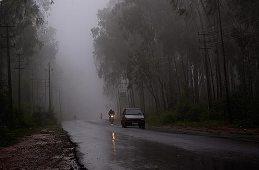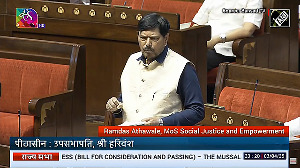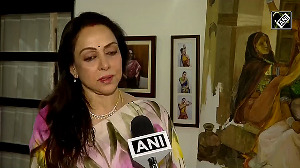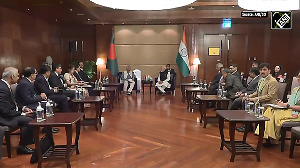 While agriculture contributes a small part of India's gross domestic product, it remains a considerable downside risk, Barclays said in a research report.
While agriculture contributes a small part of India's gross domestic product, it remains a considerable downside risk, Barclays said in a research report."Poor sowing will have a strong bearing on growth this time, unlike during the FY 2009-10 drought," the report said.
There has been some pickup in monsoon, but deficit still persists as the cumulative rainfall during June 1 to August 22 now stands at 14% below normal level.
As rain leads agriculture prices by three months, a bad monsoon historically tends to push up food prices.
Morgan Stanley in a research report said that along with the adverse domestic conditions, the external environment has also deteriorated further.
"We, thus, see downside risk of about 30-60 bps (0.3% to 0.6%) to our current GDP growth estimate of 5.8% in FY 2013,"
Typically, bulk of the sowing is also done by the end of August. Last year around 94% of the total sowing was done by this time.
This year, there has been improvement in monsoon, but this is unlikely to benefit summer crop outlook as sowing has remained significantly below average, particularly for pulses and oilseeds, which are prone to supply related inflation shocks.
"The consequent adverse impact on area under cultivation means that the summer crop output growth will be significantly below our forecast," Morgan Stanley said.
Based on cumulative seasonal rainfall deficiency (up to August 22), roughly 26% of India's total area is affected by moderate drought. While, the regions affected by severe drought1 are primarily rice growing (Haryana, Punjab), and cotton growing (Haryana, Punjab, Saurashtra), according to Morgan Stanley.






 © 2025
© 2025